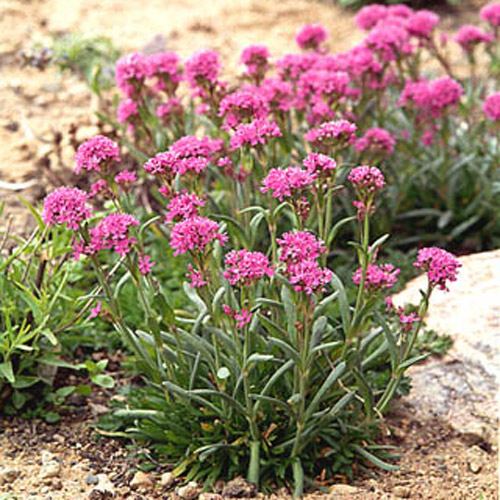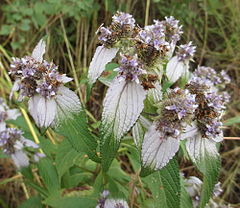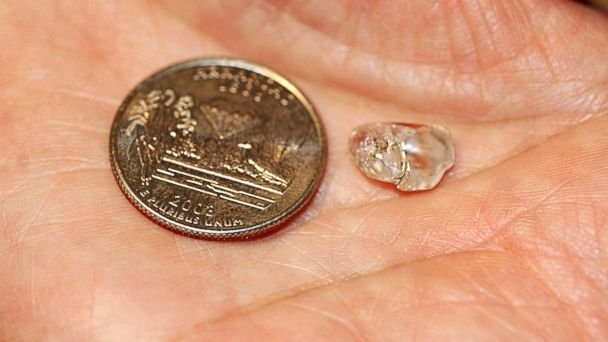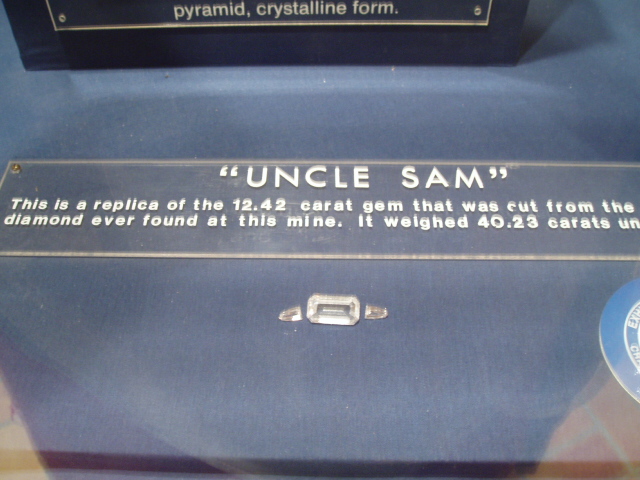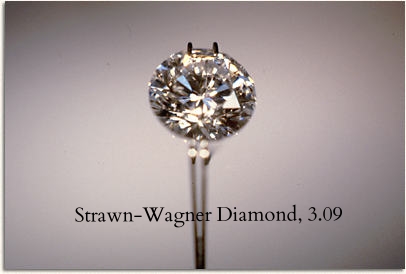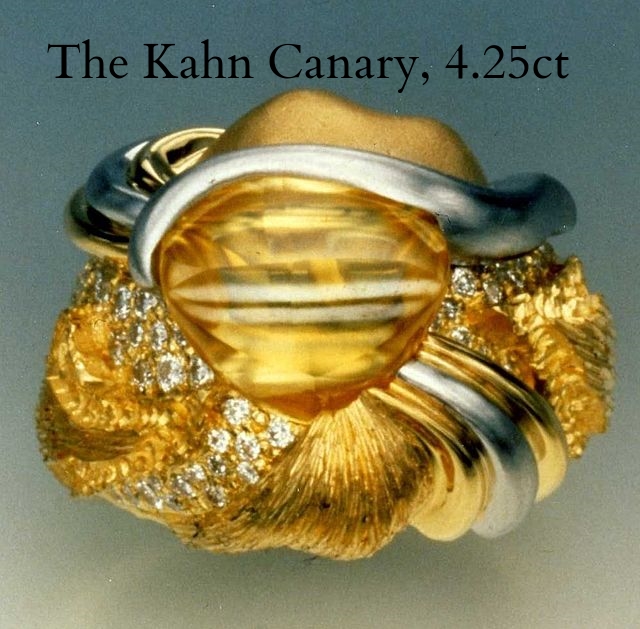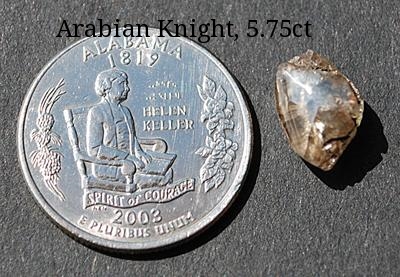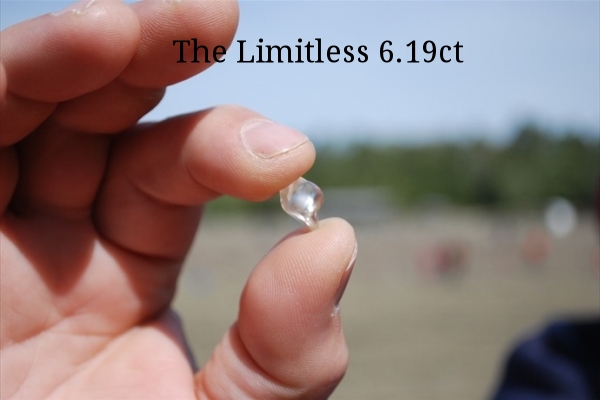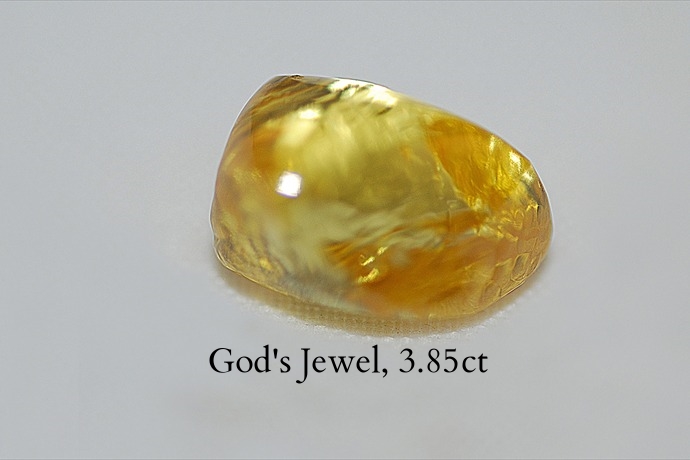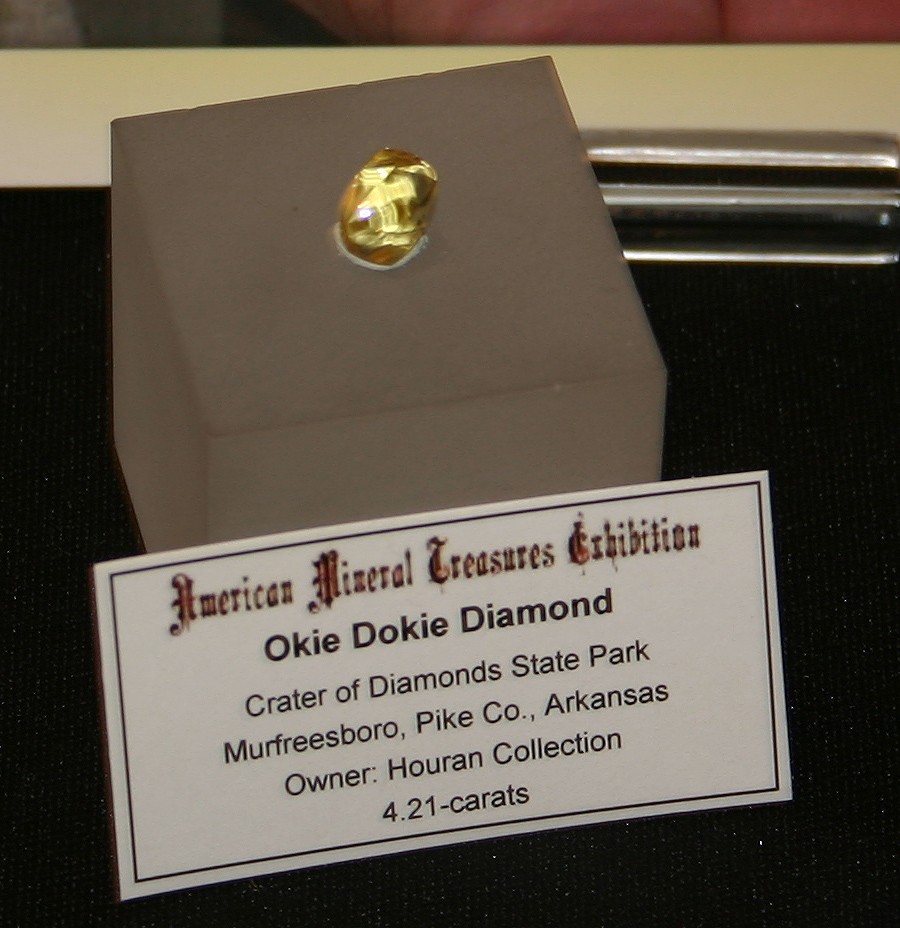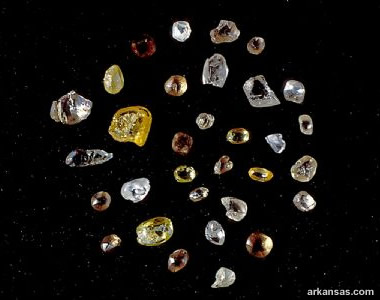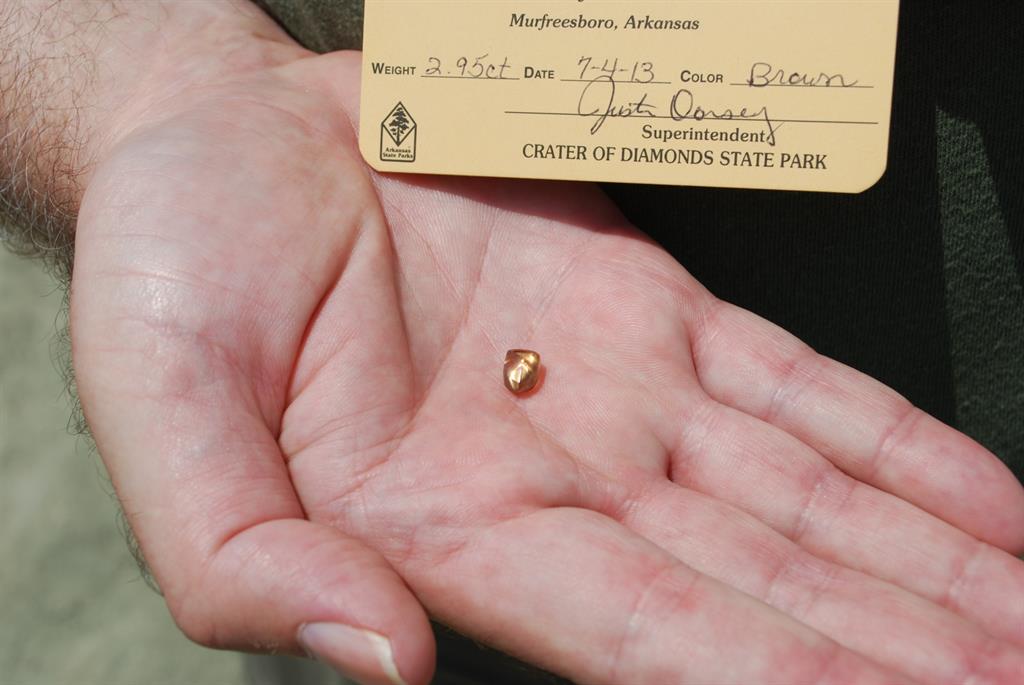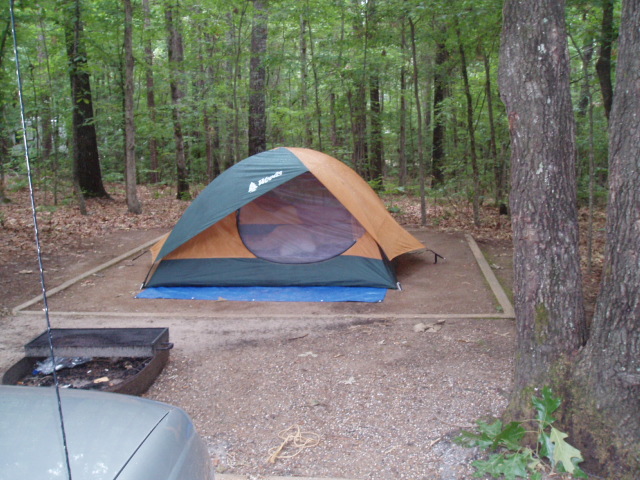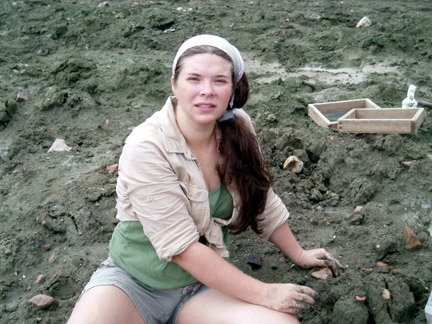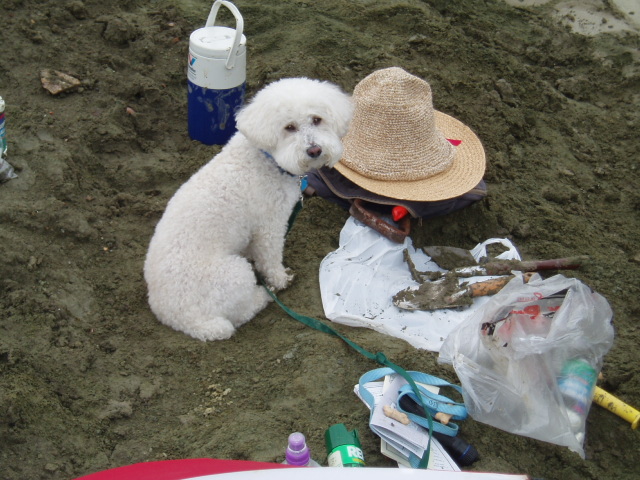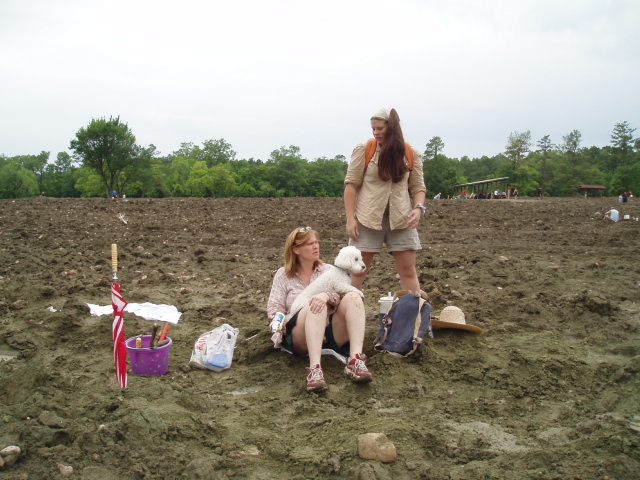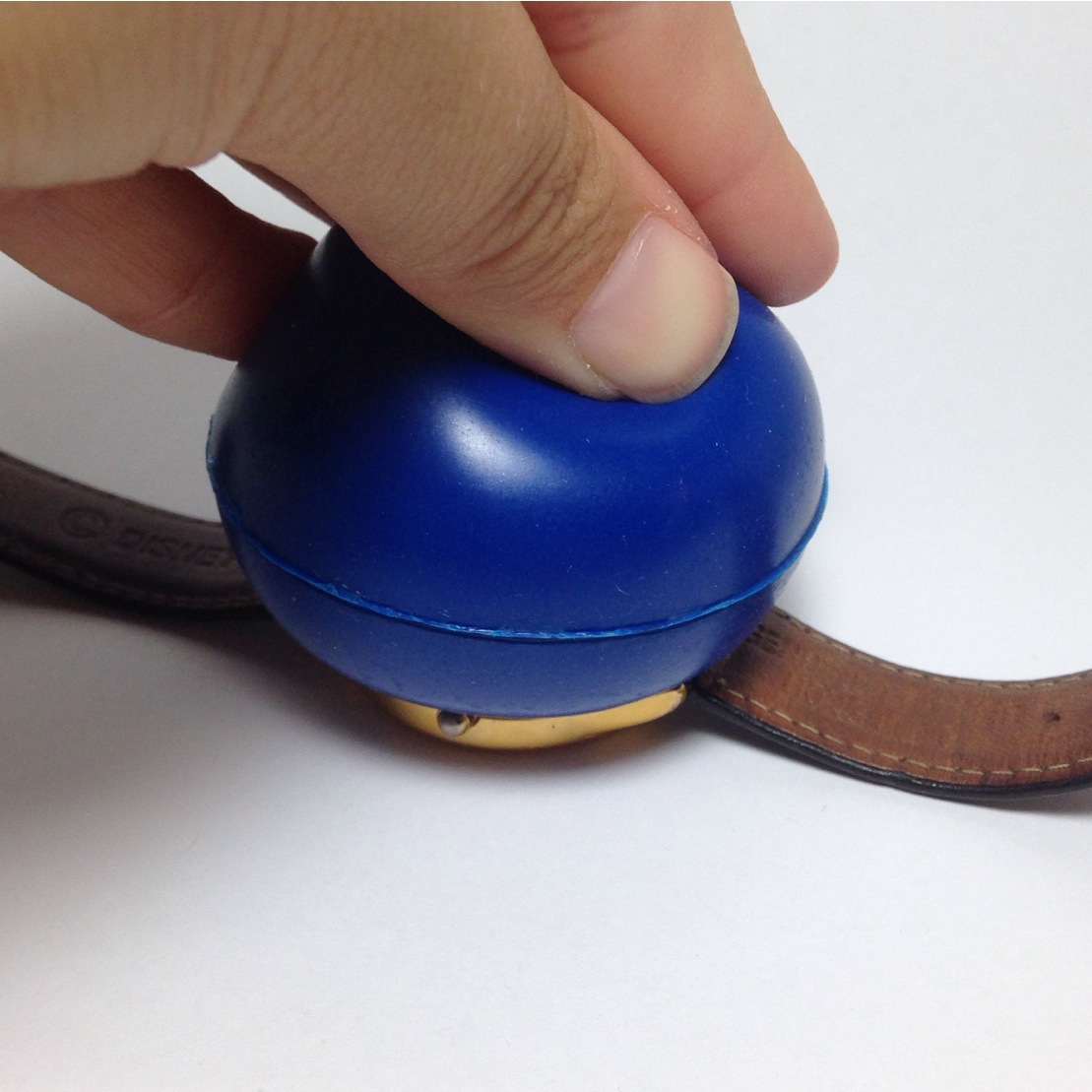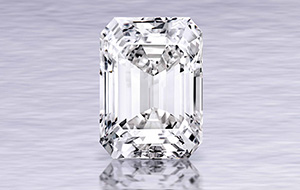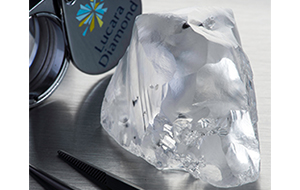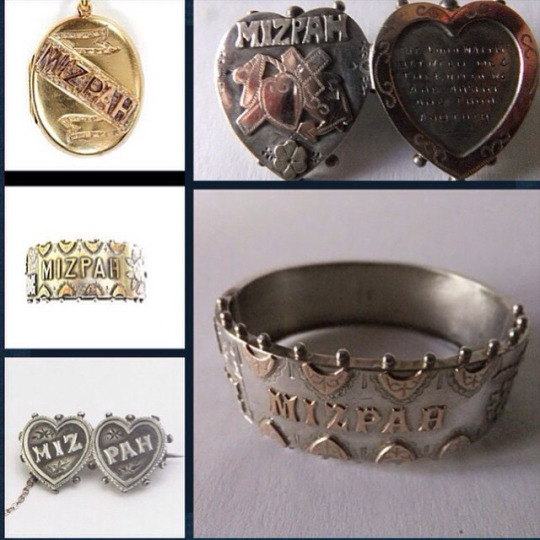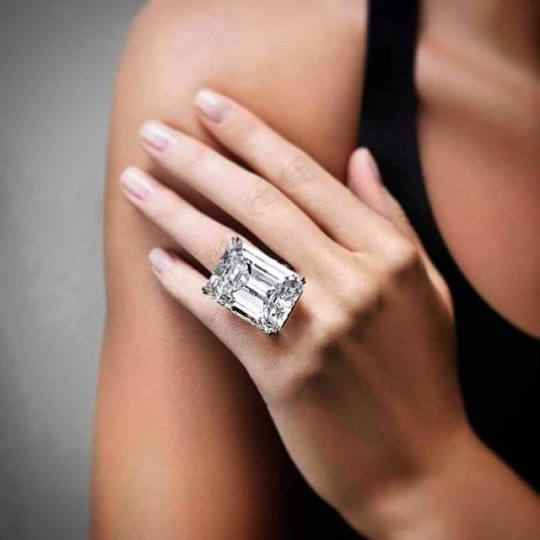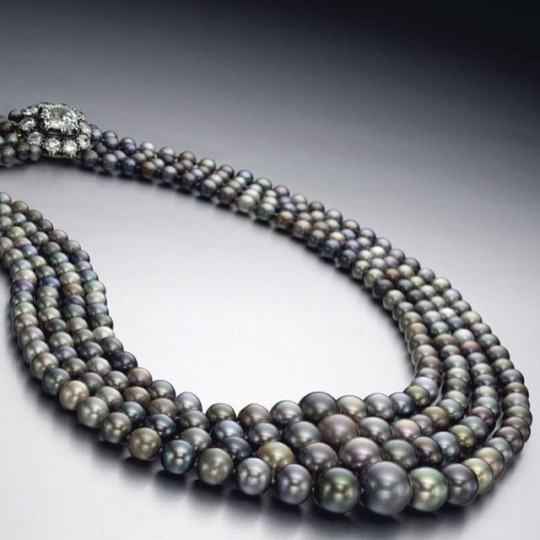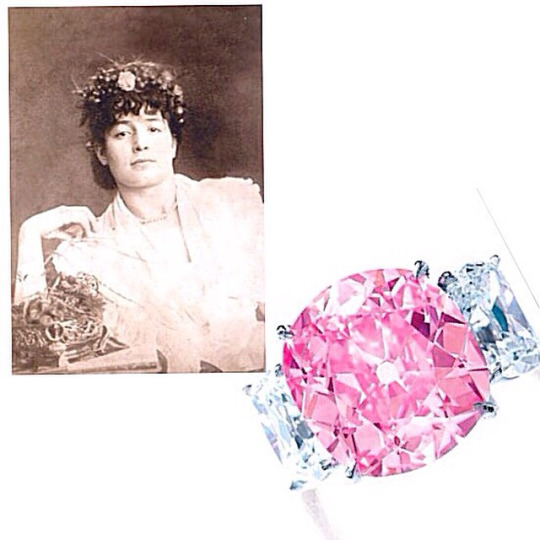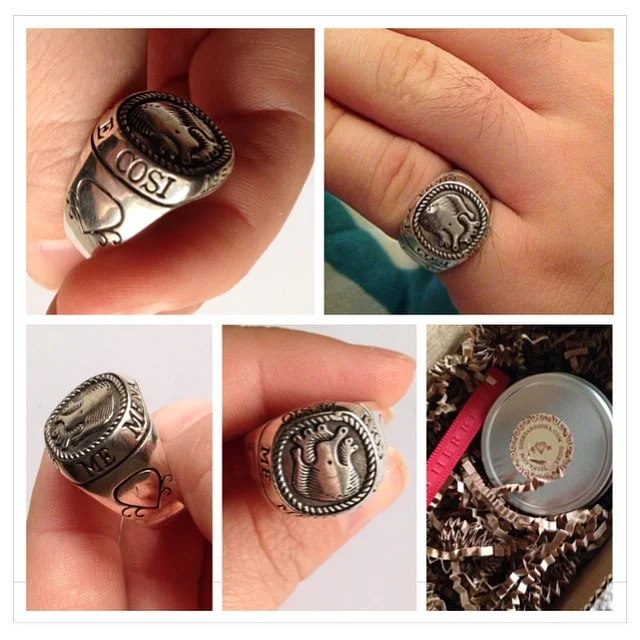Jewelry that Speaks Volumes: Madeleine Albright
/Today is International Women's day so it seems fitting to talk about a woman who shattered a huge glass ceiling and whose brilliant diplomacy extended beyond just her words: former U.S. Secretary of State Madeleine Albright.
Albright became the highest ranking woman U.S. history when she was appointed to the position of U.S. Secretary of State in 1997 by President Bill Clinton. Before that becoming secretary of state, Albright was the U.S. Ambassador to the United Nations. Albright was not only the first female Secretary of State, but also the first top diplomat to turn jewelry into a communication tool.
Pins are not discussed in any diplomatic handbook, but Albright's quick wit and sense of humor made her jewelry into a useful diplomatic tool. It was during her time as ambassador that Albright began to use her jewelry, specifically her brooches, as a means of sending non-verbal pointed messages and opening lines of communication with world leaders. “It would never have happened if not for Saddam Hussein,” she wrote in her book, Read My Pins: Stories From a Diplomat’s Jewel Box. Albright recalls that it all began in 1993, just after the Gulf War:
"It all began when I was at the United Nations. It was right after the Gulf War and the United States was pressing for resolutions sanctioning Iraq. During that time I had something dreadful to say about Saddam Hussein on a daily basis, which he deserved because he had invaded Kuwait. The government-controlled Iraqi media then compared me to an “unparalleled serpent.” I happened to have a snake pin, and wore it to my next meeting on Iraq. When the press asked me about it, I thought, “Well, this is fun.” I was the only woman on the Security Council, and I decided to get some more costume jewelry."
Serpent Pin, circa 1860. An eighteen-carat gold snake coiled around a branch, with a diamond dangling from its mouth.
A second brooch reinforced her approach. This brooch was a blue bird. Until the twenty-fourth of February 1996, she wore the pin with the bird's head soaring upward. On the afternoon of that day, Cuban fighter pilots shot down two unarmed civilian aircraft over international waters between Cuba and Florida. Three American citizens and one legal resident were killed. At a press conference, Albright denounced both the crime and the perpetrators, "I was especially angered by the macho celebration at the time of the killings. "This is not cojones," I said, "it is cowardice."" To illustrate her feelings, she wore the bird pin with its head pointing down, in mourning. Her comment departed from the niceties of normal diplomatic discourse, and caused an uproar. Albright held her ground. She says of the incident that, "As a rule, I prefer polite talk, but there are moments when only plain speaking will do."
Albright's brooches were often her way of "plain speaking" without saying a word, and over time reporters, staffers and world leaders learned to read her pins. "As it turned out, there were just a lot of occasions to either commemorate a particular event or to signal how I felt," she says. On good days, she wore flowers, butterflies, and balloons, and on bad days, all kinds of bugs and carnivorous animals. Jewelry became part of her personal diplomatic arsenal and everyone had taken notice.
"I had an arrow pin that looked like a missile, and when we were negotiating the Anti-Ballistic Missile Treaty with the Russians, the Russian foreign minister asked, “Is that one of your missile interceptors you’re wearing?” And I responded, “Yes. We make them very small. Let’s negotiate.” Or, after we found that the Russians had planted a listening device—a “bug”—into a conference room near my office in the State Department, the next time I saw the Russians, I wore this huge bug. They got the message."
Blue Bird, circa 1880. Anton Lachmann, Austria. Photo by JohnBigelow Taylor.Albright wore this blue-bird pin when, in 1996, airplanes carrying four Cuban-Americanfliers were shot down off the coast of Florida.
Interceptor missile. 1998. Lisa Vershbow. USA.Albright wore this Interceptor missile pin when she visited the Russian president,Vladimir Putin.
Albright has said that she loved expressing herself with her jewels, and that making fashion statements — and commenting on each other's attire — is not completely unheard of within a diplomatic setting:
"You think that the heads of state only have serious conversations, [but] they actually often begin really with the weather or, 'I really like your tie.' "
That being said I think I can safely say that the former Secretary of State's brooches are far more intriguing than conversations about the weather, because behind every brooch are a thousand plainly spoken words.
This peace dove, ca. 1997, by Cécile et Jeanne of France, was a gift from Leah Rabin, widow of
Israeli Prime Minister Yitzhak Rabin. Among Albright’s favorites, the pin symbolizes the goal—peace in the Holy Land—“for which the prime minister had given his life,” she wrote.
Bee, Designer Unknown, USA. c. 1980. Photo by John Bigelow Taylor.For a meeting with Yasser Arafat, Albright wore this bee pin. She writes, "I spent manyhours wrangling with the Palestinian leader about the need for compromise in the MiddleEast. My pin reflected my mood." (He sent her a butterfly.)
"Because I am by nature a worried optimist (as opposed to a contented pessimist), I found many opportunities to wear my brooch of a brilliantly shining sun,” Albright wrote. This “Sunburst,” of gilded brass, was made in 1987 by Hervé van der Straeten of France.
“I was proud to be the first woman to serve as secretary of state. ... This is a pin showing the glass ceiling in its ideal condition: shattered.” The pin, called “Breaking the Glass Ceiling,” was made around 1997 by American artist Vivian Shimoyama, of dichroic and painted glass.
If you want to read more about Madeine Albright's pins and diplomacy I encourage you to buy her book.
Iradj Moini Hear No Evil, Speak No Evil, See No Evil, 2000. "When I went to Russia with President Bill Clinton for a summit, I wore a pin with the hear-no-evil, see-no-evil, speak-no evil monkeys, because the Russians never would talk about what was really going on during their conflict with Chechnya. President Vladimir Putin asked why I was wearing those monkeys. I said, because of your Chechnya policy. He was not amused."


